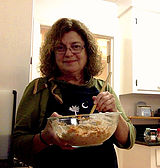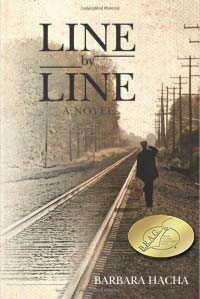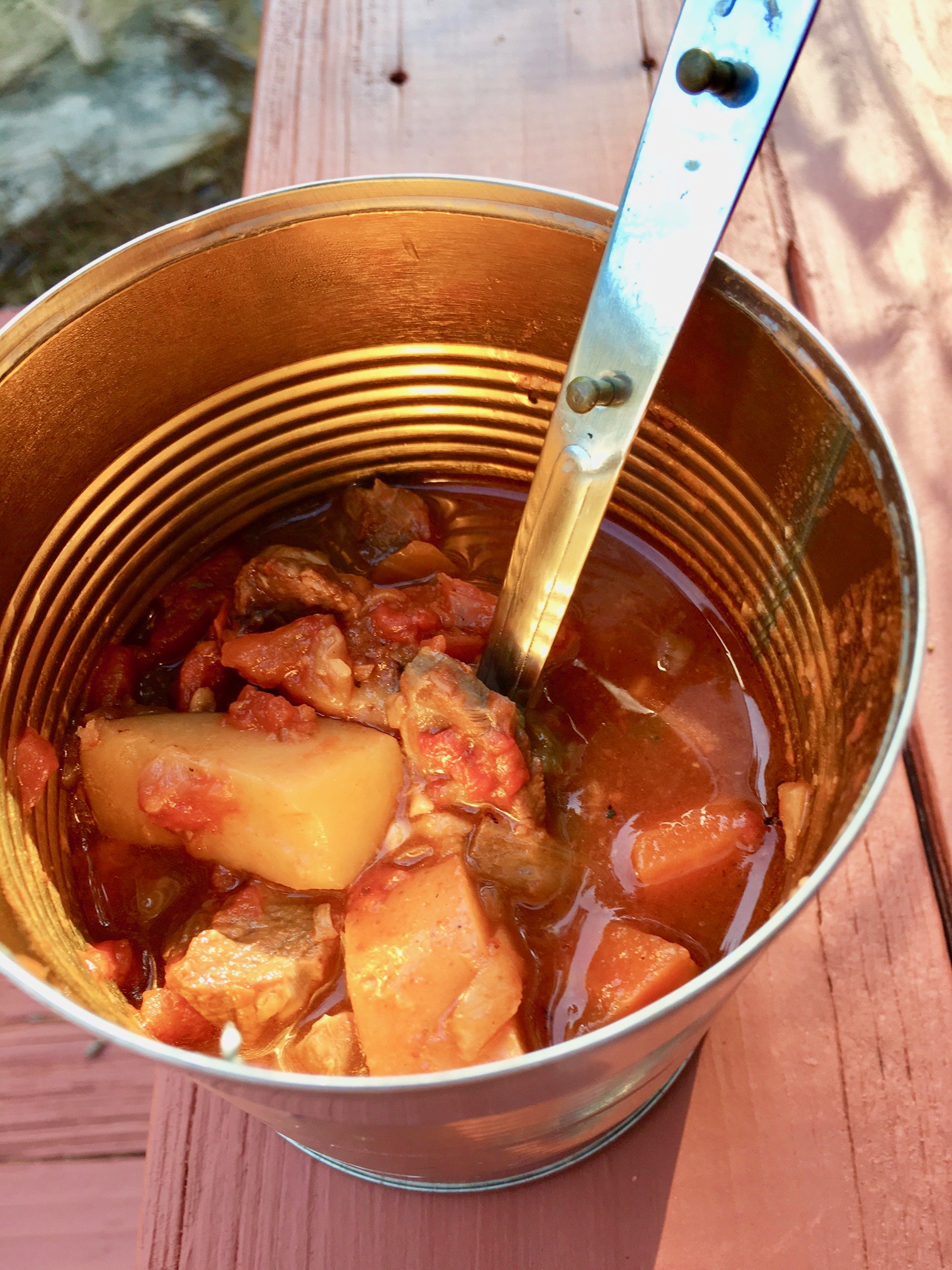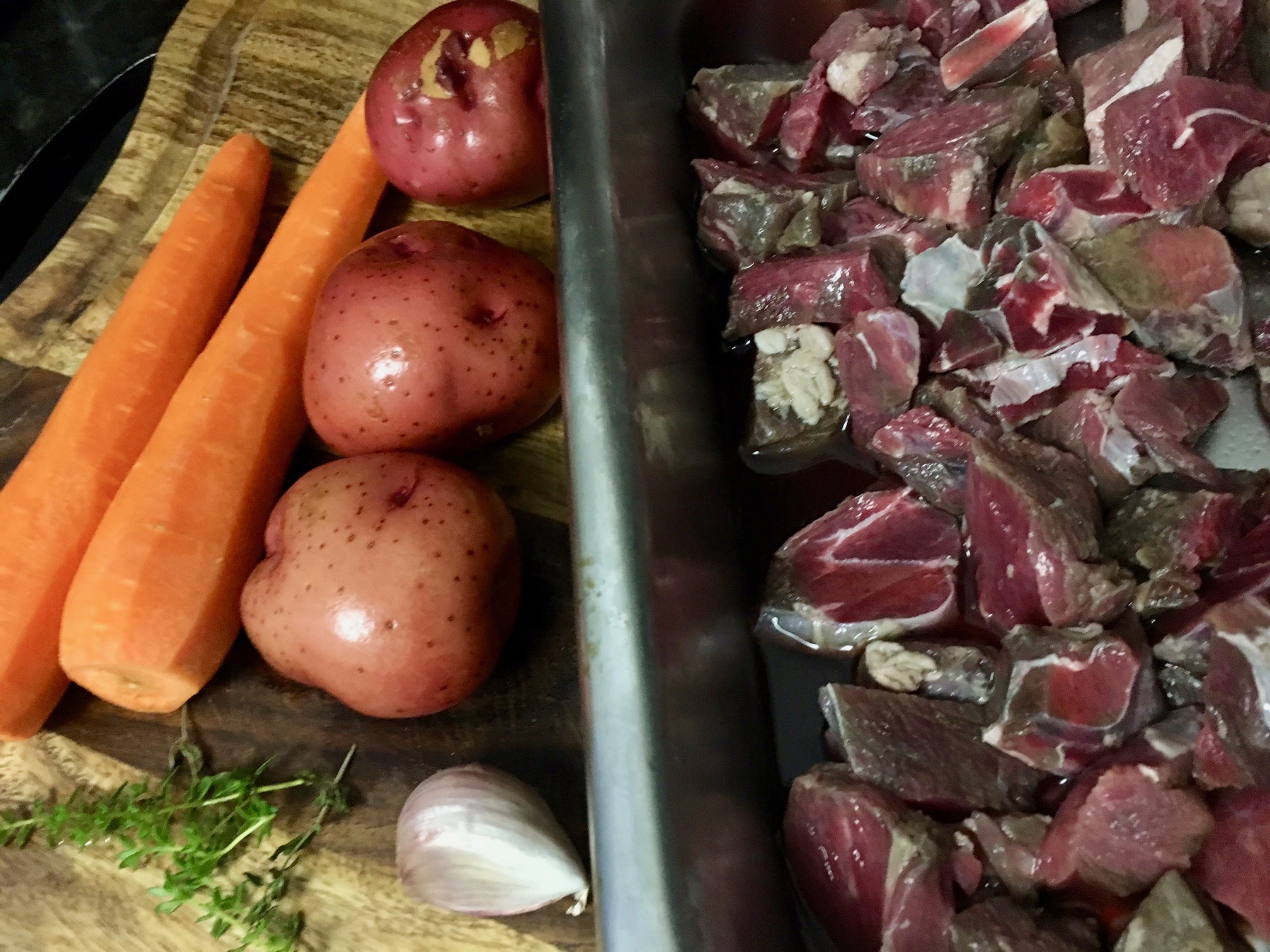Foodie Lit: A genre of novel and memoirs filled with food stories and recipes
Each month, I’ll share the magic of a good foodie lit read and one of its recipes. Cooking and recipes in books take us into the mind of the character or narrator and brings us into the book’s kitchen to see, smell and share the lives within.
Or I’ll take a good read and, with the author, find a recipe to pair with it! Either way, here’s to cooking and reading together!
Susan- the indieBRAG Food Blogger!
Line by Line by Barbara Hacha
Line by Line by Barbara Hacha is a unique coming of age story. Maddy Skobel comes of age during the Depression, with her family hard hit by the country’s downward economic plunge. Fleeing a drunken father, an abused mother and a rape, Maddy becomes a hobo, hopping trains, sharing Mulligan stew by a fire and surviving by her wits and the kindness of others.
Author Barbara Hacha told me, “Maddy felt that there had to be a better way to live than what she had experienced as a child of an alcoholic and an ineffectual mother and that’s what motivated her to strike out on her own. She had also connected with hobos in a jungle near her family diner, which gave her hope and a little insight to another life. The genesis of this story came about when I found out that a quarter-million teenagers rode the rails during the Great Depression, and many of them were women. I kept thinking about what it would have been like to ride the rails in the 1930s as a 17-year-old female, so I decided to create a character and find out!”
Hunger and food uncertainty are a part of hobos’ daily lives. Nonetheless, there is certain resilience among the hobos despite the hunger, the danger and the reasons that drove them to become wanderers. For the most part, food and shelter are shared, help and advice are given, resources are used and reused, and hard work is not avoided. In the epilogue, years after Maddy stops hopping trains, she proudly surveying her filled pantry, “I’ve been so hungry I could hardly stand up. Never again.”
Those of us who have family who lived through the Depression know of their frugality, understanding of impermanence and of the need never to take security for granted. In my childhood basement, my dad who had grown up impoverished during this time saved boxes of used nails, old shoes that could be saved for a time of need and shelves lined with cans of food—just in case.
I asked Barbara what struck her most about the Depression. “What struck me most was the lack of options. There were no backups. In other words, the banks failed and people lost their life savings—no bailouts. Schools closed because of lack of funding. There was no additional government support to keep them open. There were no jobs. There was no unemployment insurance. People truly were desperate. I think about what it must have been like for parents to be unable to provide the very basics for their children: housing, food, clothing. It had to be heartbreaking.”
Today’s hobos are a diverse bunch, noted Barbara. “The biggest thing I learned from the hobos was that you can’t paint them with the same brush! The unifier is their love and knowledge of trains and their sense of community, but their backgrounds and occupations vary incredibly—from people who are Fulbright scholars with PhDs, to teachers, to laborers who took any job available. They also are a very patriotic group of people. This surprised me because they don’t think much of society as the rest of us know it. Many of the present-day hobos are veterans—mostly from Vietnam (war). They love their country but have had a hard time reconnecting, so they stay on the fringes of our society.”
On the road as a hobo, meals are made from whatever is found or shared. Maddy talks about how delicious certain meals are, her hunger increasing her gratitude and satisfaction for what she eats. Family, too, shifts its definition. Maddy’s family provided neither safety nor support; the hobos and people she encounters in her travels provide her security and community, as she expanded her concept of family. This historical novel deserves a place in the high school classroom as a picture of this era with a teenager leaving home, riding the trains as a hob and searching for a stable family and life.
Barbara noted, “Food becomes extremely important when you don’t have any! It’s not only essential for survival, but the form a meal takes can represent different parts of a culture. Mulligan stew involves cooperation and sharing—and it was both expected and a matter of pride to contribute.”
Mulligan Stew
“Henry taught me how you make mulligan stew that day. I watched as he got it started in at all battered tin can. He balanced the can on rocks that had been carefully positioned the campfire. He cut up the onions, Reedy brought him a small piece of sausage, and Henry let start to cook in the bottom of the tin….Henry dumped in the soup and added water… Professor added several potatoes…and a couple of tomatoes.” Line by Line p. 51
1 pound stewing beef, cubed
2 tablespoons flour
2-3 tablespoons olive oil
2 onions, chopped
1 garlic clove, minced
2 medium carrots, chopped
1 pound small potatoes or larger ones chopped
2 sprigs thyme or 1/2 teaspoon dried
1 cup red wine or 1 bottle of beer
14.5 ounces diced tomatoes canned
1 teaspoon white or brown sugar or 1/2 teaspoon sugar substitute
1 teaspoon salt, or to taste
1 teaspoon pepper, or to taste
- Take cubed beef and marinate in balsamic vinegar for 2 hours or longer. This is helpful for slighter tougher cuts of beef.
- In heavy pan over medium heat, heat olive oil. Drain and reserve liquid. Add cubed beef and sprinkle flour over the beef. Stir to combine. Cook about 3-4 minutes, or until beef cubes are browned. Remove and set aside.
- Add onions, garlic, carrots, potatoes and thyme sautéing gently for about 10 minutes. Add more oil if necessary.
- Add back beef cubes and reserved liquid to vegetables, along with canned tomatoes, wine or beer, sugar, salt and pepper. Bring to a boil and then lower heat to a simmer.
- Cover and cook for 1 1/2 to 2 hours or until beef is tender. Correct seasoning.
Notes:
- As this is an improvised stew, feel free to add vegetables on hand—turnips, parsnips, mushrooms, peas and so on. While fresh is always better, use canned or frozen when needed. Use about 3 pounds of vegetables.
- If you do not use or have wine or beer, marinate the beef in 2 -3 tablespoons balsamic vinegar. Drain before sautéing and do not add back into mixture.
- After Step 4, you may also cook the stew in a 325 oven for 2 hours or until beef is tender.
Visit Barbara Hacha at her website and learn more about this era in American history!






Yeah… I can just imagine hobos marinating their beef cubes in balsamic vinegar and then cooking it in wine or beer… Why not post a simple Irish stew? Take some onions, chop and throw in the can. Add water. Take some meat, cut it into pieces and boil for about 10 minutes. Throw in some potatoes and other veggies, according to their softness and boil until done. Let simmer some 10 minutes more. Salt and pepper. Eat.
As a “retired” hobo, I cooked many a meal in a tin can. The one constant I used was a can of beans, any kind, the cheapest I could get. The rest of the mix was from dumsters. Many of the 3rd world peoples do meals this way, using rice as a base.
I enjoyed reading this. I’m venturing into my second novel of the Great Depression, notably riding the rails, and even in fiction veracity is important to me.